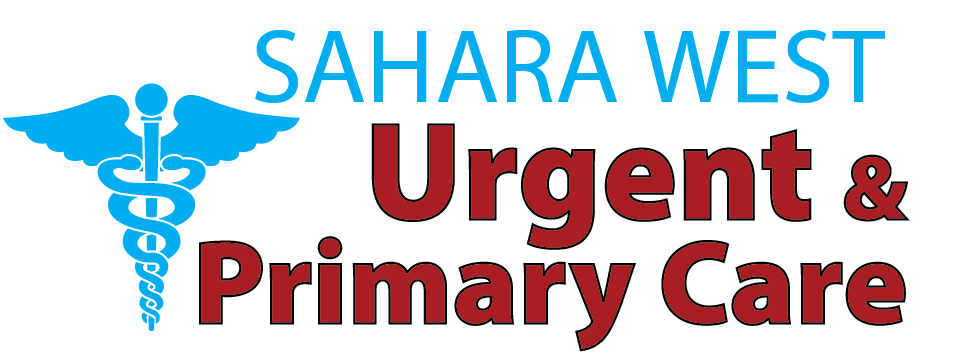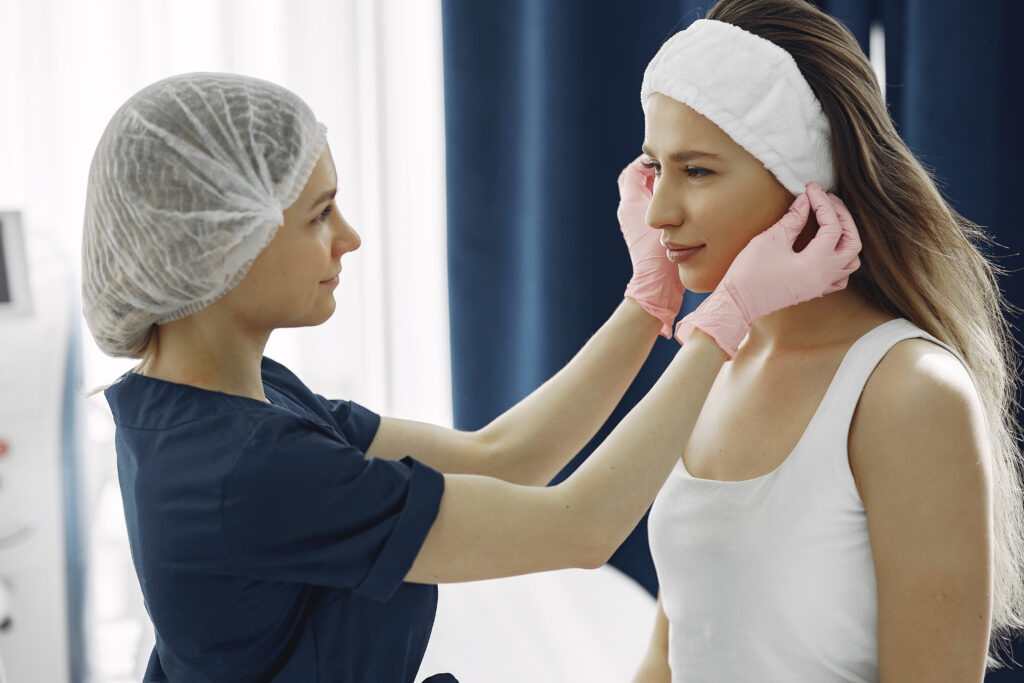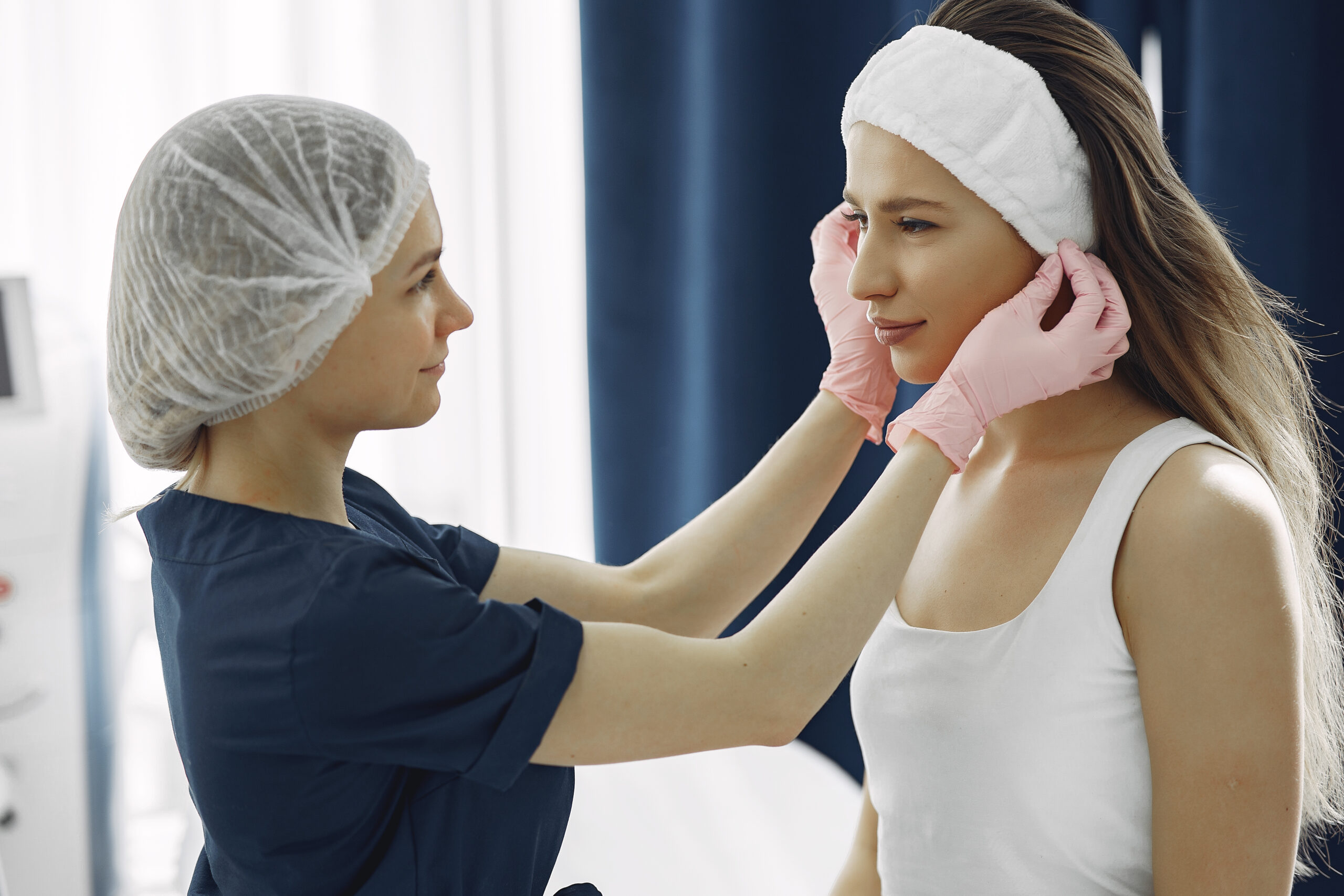Cosmetic surgery is part of plastic surgery that is dedicated to appearance-enhancing procedures. Cosmetic surgery is personal and elective as opposed to reconstruction, when a function and form are restored following trauma or a congenital problem. This area deals with aesthetics, whether you want to reshape your nose or erase the facial wrinkles. The selection starts by knowing what best fits your interests with goals, lifestyle, and state of health.
Cosmetic vs Reconstructive Surgery
Even though cosmetic and reconstructive surgery use common techniques, including scar management and tissue transfer, they have different objectives. Reconstructive surgeons deal with the restoration of normal forms and functions of the body, which were lost due to congenital defects, trauma, or illness. Cosmetic surgery, in its turn, is done when there is healthy tissue, and it is done to make the person more beautiful. Such a difference of perceptions will aid in managing expectations, since cosmetic surgery adds beauty and reconstructive surgery restores it.
Popularity and Trends Today
Cosmetic surgery is becoming global year after year. Millions of individuals choose the procedures such as rhinoplasty, breast enlargement, liposuction, or Botox. Social media, higher safety levels, celebrity influence, and societal approval feed the increase in the global trend. The increasing interest further highlights the fact that cosmetic surgery has become a mainstream way to self-regard and expression.
Types of Cosmetic Surgery Procedures
Facial Procedures
- Rhinoplasty reshapes the nose to improve symmetry, tip projection, or reduce size. It can also improve breathing by correcting a deviated septum.
- A facelift & neck lift tighten sagging skin and tissues under the jawline and face, combating signs of aging like jowls and deep wrinkles.
- Blepharoplasty removes excess skin and fat from the eyelids, resulting in a more awake, rejuvenated look and relieving hooded lids or eye bags.
Breast Procedures
- Breast augmentation uses implants or fat transfer to enhance breast size, shape, and proportion. Options include saline or silicone implants, each with a different feel and longevity.
- Breast lift (mastopexy) repositions sagging breasts by lifting tissues and reshaping the breast mound without necessarily increasing volume.
Combining augmentation with a lift can address both sagging and volume loss in a single operation, making it a popular choice.
Body Contouring
- Liposuction removes stubborn fat pockets from areas like the abdomen, thighs, hips, and back using suction-assisted or laser-assisted techniques. Outcomes require healthy skin elasticity for smooth results.
- Tummy Tuck (Abdominoplasty) removes excess skin and tightens abdominal muscles. Ideal for post-pregnancy or significant weight loss, it reshapes the midsection and repairs weakened muscle walls.
Minimally Invasive & Non-Surgical Options
- Botox & Dermal Fillers: Botox temporarily paralyzes facial muscles to smooth dynamic wrinkles. Fillers restore volume in cheeks, lips, and under-eyes using hyaluronic acid or collagen. Treatments typically last 6–12 months.
- Laser Skin Resurfacing & Chemical Peels: These treat fine lines, pigmentation, and scars by removing outer layers of skin. They require some downtime but deliver noticeable skin rejuvenation with fewer risks than surgery.
Preparing for Cosmetic Surgery
Choosing a Qualified Surgeon
Your choice of surgeon impacts safety and results. Opt for board-certified plastic surgeons with steep training backgrounds, proven patient reviews, and clear before-and-after photos. During consultations, ask about their experience, complication rates, and facility accreditation.
Pre-Operative Assessment & Planning
An intensive pre-op planning process consists of comprehensive medical history, laboratory tests, scans and life objectives clarification. The surgeon can require you to either quit some medications, stop smoking, or lose weight in order to minimize risks and enhance the outcomes.
The Surgical & Non-Surgical Process
What Happens in the Operating Room
The surgeries can be both small operations conducted in one day with local anesthesia to long operations with the use of general anesthesia. Techniques are anatomical and image-specific, and steps are simplified to ensure precision and safety.
Non-Surgical Procedure Steps
Non-surgical procedures performed in the office are generally fast, of little risk, and involve little to no pain. The practitioners administer the injection or laser pulses after cleaning the area of treatment. You are usually able to resume normalcy, sometimes in a matter of a few hours.
Recovery Timeline & Aftercare
Recovery phases vary by procedure:
- Days 1–7: Expect swelling, bruising, and discomfort; pain medication and rest are key.
- Weeks 2–4: Swelling subsides; light activities resume, but strenuous workouts should still wait.
- Months 3–6: Final results emerge as tissues settle, scars mature, and implants acclimate.
Following aftercare instructions—compression garments, skincare routines, hydration, and avoiding sun exposure—optimizes healing and results.
Benefits, Risks & Safety
Key Benefits
The cosmetic surgery causes an increase in self-esteem, improvement in facial harmony, age-related signs, and restoration of body proportions. Following the procedure, a substantial number of patients report an improvement in the quality of life.
Common Risks & Mitigation
Harmful effects could be infection, bleeding, nerve damage, asymmetry, or poor scarring. Select a qualified surgeon, follow all the pre- and post-surgery guidelines, and keep follow-up visits to minimize complications.
How Safe Is Cosmetic Surgery?
Cosmetic surgery is usually harmless when conducted by accredited professionals in legitimate institutions. Complications can be very grave, although, in the majority of cases, they are non-threatening. Emergency preparation and patient awareness remain an important part of the recovery process.
Cost & Insurance Considerations
Texas ₹ Typical Costs by Procedure
- Botox/Fillers: ₹20,000–₹70,000
- Rhinoplasty: ₹2,50,000–₹6,00,000
- Facelift: ₹4,00,000–₹12,00,000
- Liposuction: ₹1,50,000–₹5,00,000
Prices vary widely based on region, surgeon reputation, facility fees, and procedural complexity.
Insurance vs. Self-Pay
Cosmetic surgery is not only elective, and usually covered by medical insurance. This may only be covered on reconstructive cases. Customers most commonly choose financing schemes, savings, or credit lines to pay the costs.
Patient Experience & Recovery
It is important to be realistic. Substantial first swelling and finality might underestimate objectives. The presence of emotional preparedness regarding various swings in the process of recovery is beneficial in terms of mental and physical health.
Maintenance & Long-Term Results
Good results could last long if habits are good, i.e., use of sunscreen, proper diet, physical exercise, water intake, and care of skin. Certain treatments, such as Botox or fillers, should be touched up regularly, whereas surgical outcomes are more lasting; however, they are also affected by the process of aging and lifestyle.
When to Seek Medical Attention
Immediate medical care is necessary if you experience:
- Fever above 38°C (100.4°F)
- Severe or persistent pain despite medication
- Excess bleeding or discharge
- Signs of infection: redness, warmth, or swelling
Contact your clinic or local emergency services if any of these occur.
Conclusion
The potential of cosmetic surgery to transform one to look better, regardless of whether by surgery or by minor surgical procedures, will be of great use to anyone but with a wish to change their appearance to look better. Knowing some procedures, adequate preparation, as well as having a skilled surgeon ensures a safe and pleasing result. Having the comprehensive knowledge at your disposal, the next step would be to take action and arrange a consultation with a board-certified plastic surgeon In Las Vegas to get to know the possibilities and prices and develop an individual plan. Start your road to confidence and beauty now. To schedule your appointment with the highest standard of care, visit Sahara West Urgent Care on our website, where you can also explore more informative blogs.
FAQs
Is cosmetic surgery painful?
Most procedures involve mild to moderate discomfort post-op. Prescribed pain relief usually keeps discomfort manageable.
How long do results last?
Surgical results often last many years, while non-surgical treatments typically last 6–12 months. Longevity depends on individual lifestyle and aging.
Will people notice I had surgery?
With subtle, well-executed procedures by skilled surgeons, results should appear natural—not obvious.
At what age is best for cosmetic surgery?
Good overall health matters more than age. Younger patients face fewer healing challenges, but healthy older individuals can also see dramatic rejuvenation.
Can I combine procedures?
Yes, combining compatible procedures—like rhinoplasty and chin augmentation, or breast lift with implants—can reduce overall costs and recovery time.





